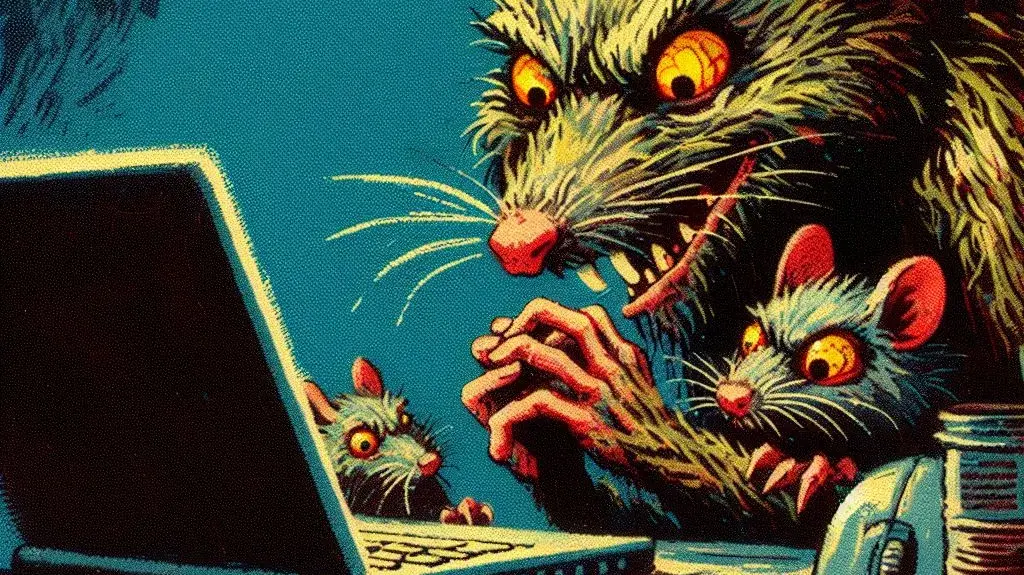The painting “Trial of George Jacobs of Salem for Witchcraft” in 1692 signed “T.H. Matteson, 1855.”
OMG they’re saying the Salem Witch Trials were driven by conspiracy theories.
I guess I should have seen that one coming.
AP:
A brutal conflict in Europe was fresh in people’s minds and the race for the White House turned ugly as talk of secret societies and corruption roiled the United States.
It was 1800, and conspiracy theories were flourishing across America. Partisan newspapers spread tales of European elites seeking to seize control of the young democracy. Preachers in New England warned of plots to abolish Christianity in favor of godlessness and depravity.
This bogeyman of the early republic was the Illuminati, a secret organization founded in Germany dedicated to free thinking and opposed to religious dogma. Despite the Illuminati’s lack of real influence in America, conspiracy theorists imagined the group’s fingerprints were everywhere. They said Illuminati manipulation had caused France’s Reign of Terror, the wave of executions and persecutions the followed the French Revolution. They feared something similar in America.
From the witch trials in Salem, Massachusetts, to fears of the Illuminati, from the Red Scare to the John Birch Society to QAnon, conspiracy theories have served as dark counterprogramming to the American story taught in history books. If a healthy democracy relies on the trust of its citizens, then conspiracy theories show what happens when that trust begins to fray.
Change a few details, add in a pizza parlor, and the hysteria surrounding the Illuminati sounds a lot like QAnon, the contemporary conspiracy theory that claims a powerful cabal of child-sacrificing satanists secretly shapes world events. Like the Illuminati craze, QAnon emerged at a time of uncertainty, polarization and distrust.
“The more things change, the more things seem to come back,” said Jon Graham, a writer and translator based in Vermont who is an expert on the Illuminati and the claims that have surrounded the group for centuries. “There’s the mainstream narrative of history. And then there’s the other narrative — the alternative explanations for history — that never really goes away.”
Just like today, these bizarre stories often reveal deeply rooted anxieties focused on racial and religious strife and technological and economic change.
The most persistent conspiracy theories can survive on the fringes for decades, before suddenly reappearing with new details, villains and heroes, often at a time of social upheaval or economic dislocation. Sometimes, these beliefs can erupt into action, as they did on Jan. 6, 2021, when a mob of President Donald Trump’s supporters broke into the U.S. Capitol.
In America’s early days, the villain was the Illuminati.
Pages from the book “Proofs of the Existence and Effects of Illuminism” by Seth Payson published in Massachussetts in 1802.
Created in 1776, the group was part of a fad of supposedly secret societies that became fashionable in Europe. It was defunct by 1800 and had no presence in the U.S. Still, claims spread that Illuminati agents were working undercover to take over the federal government, outlaw Christianity and promote sexual promiscuity and devil worship among the young.
The theory was picked up by the Federalist Party and played a key part of 1800 presidential race between President John Adams, a Federalist, and Vice President Thomas Jefferson, a Democratic-Republican. Rumors circulated among Federalists that Jefferson was an atheist who would hand America over to France if elected president.
Jefferson did win, and the Federalists never fully recovered. Tales of the illuminati receded, but soon the Freemasons emerged to take their place in the wild imaginings of early Americans.
The Freemasons counted many leading figures, including George Washington, as members. Their influence fueled whispers that suggested the fraternal organization was a satanic conspiracy bent on ruling the world.
A chromolithograph titled “Washington as a Freemason, Commander of the American Army, 1775, President of the United States, 1789″ published circa 1870.
The assassination of President John F. Kennedy, along with the Vietnam War and Watergate, later set the stage for our current era of “alternative facts” by convincing large groups of Americans that they could no longer trust their own government.
Today’s conspiracy theories reflect that same distrust, and an unease with the rapid pace of economic, technological and environmental change. Think of claims that the 1969 moon landing was faked, that the government covered up evidence of extraterrestrials, or that the Sept. 11, 2001, attacks were an inside job.
Fears about 5G wireless towers or vaccines containing microchips, to use two newer examples, reflect fears of government control and new technologies. Claims that climate change is a lie offer an easy answer to a complicated, existential threat caused by people’s own behavior.
Climate change sure does offer a lot of easy answers.
What’s difficult is explaining how it is real. No easy answers there, I’m afraid.
Climate science so compelling that left-wing foundations are now paying the @AP to report that opposing the climate hoax is conspiracy theory:
“Claims that climate change is a lie offer an easy answer to a complicated, existential threat caused by people’s own behavior.”… pic.twitter.com/OUUDLHGPpu
— Steve Milloy (@JunkScience) January 31, 2024




